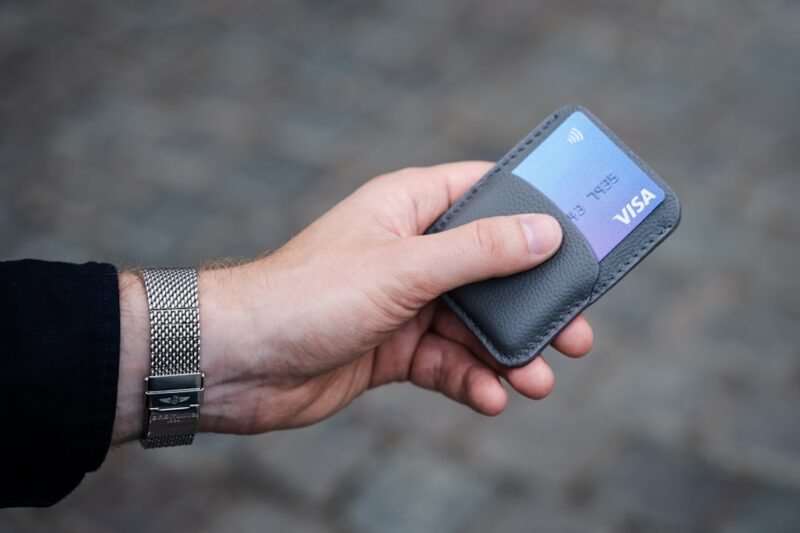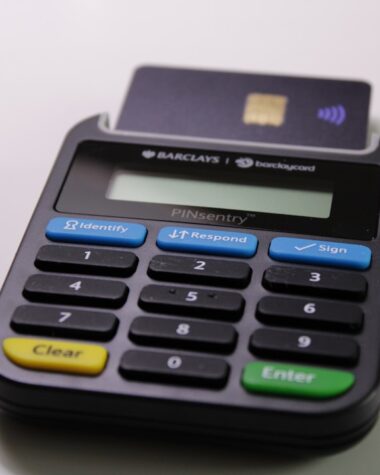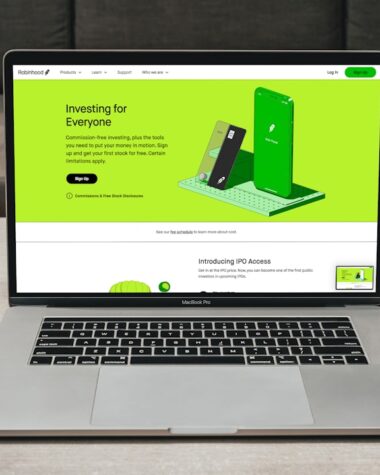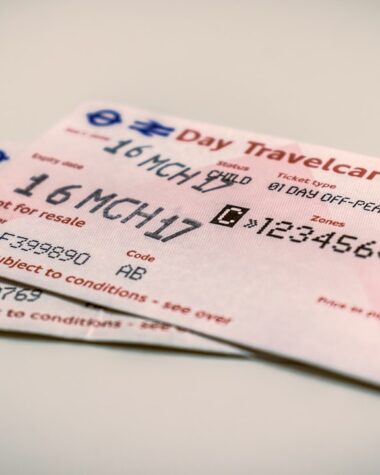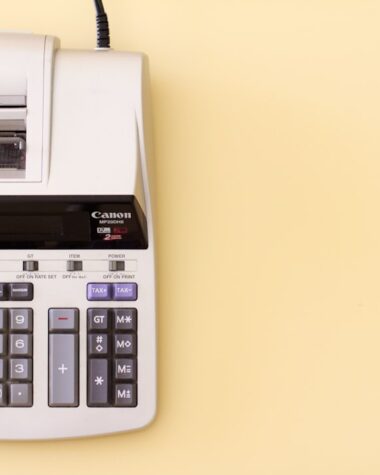Debit Card EMI, or Equated Monthly Installment, is a financial product that allows consumers to convert their purchases made with a debit card into manageable monthly payments. This facility is particularly appealing to individuals who may not have access to credit cards or prefer not to use them due to high-interest rates or the risk of accumulating debt. With the rise of digital payments and e-commerce, many banks and financial institutions have started offering this service, making it easier for consumers to make significant purchases without straining their finances.
The concept of Debit Card EMI operates on the principle of dividing the total cost of a purchase into smaller, more manageable installments. For instance, if a consumer buys a smartphone worth $600 and opts for a 6-month EMI plan, they would pay $100 each month for six months. This system not only makes high-value items more accessible but also allows consumers to budget their expenses more effectively.
The interest rates associated with Debit Card EMI are generally lower than those of credit cards, making it an attractive option for many.
Key Takeaways
- Debit Card EMI allows users to convert high-value transactions into easy monthly installments, making it more affordable.
- Accessing Debit Card EMI on mobile is as simple as selecting the EMI option at the time of payment and choosing the desired tenure.
- Using Debit Card EMI on mobile provides benefits such as no requirement for a credit card, instant approval, and competitive interest rates.
- Before opting for Debit Card EMI, factors to consider include the interest rate, processing fees, and the impact on credit score.
- Managing Debit Card EMI on mobile can be done effectively by keeping track of payment due dates and maintaining sufficient funds in the account.
- Common misconceptions about Debit Card EMI include the belief that it affects credit score and that it is only available for credit card users.
- Security measures for Debit Card EMI on mobile include using secure payment gateways, enabling transaction alerts, and regularly monitoring account activity.
- Future trends in Debit Card EMI on mobile may include the integration of AI for personalized EMI offers and the expansion of EMI options for various products and services.
How to Access Debit Card EMI on Mobile
Accessing Debit Card EMI on mobile devices has become increasingly straightforward, thanks to advancements in banking technology and mobile applications. Most banks that offer this facility have integrated it into their mobile banking apps, allowing users to apply for and manage their EMI plans directly from their smartphones. To initiate the process, users typically need to log into their banking app and navigate to the section dedicated to loans or EMI options.
Once in the appropriate section, users can select the option for Debit Card EMI and enter the details of their intended purchase. The app will usually prompt them to input the amount they wish to convert into EMI and select the tenure for repayment. After submitting the request, users may receive instant approval based on their eligibility criteria, which often includes factors such as account balance, transaction history, and creditworthiness.
This seamless integration of services not only enhances user experience but also encourages more consumers to utilize this payment option.
Benefits of Using Debit Card EMI on Mobile

One of the primary benefits of using Debit Card EMI on mobile is the convenience it offers. Consumers can make significant purchases without needing to visit a bank branch or fill out extensive paperwork. The entire process can be completed within minutes through a mobile app, allowing users to shop online or in-store with ease.
This convenience is particularly beneficial in today’s fast-paced world, where time is often a luxury. Additionally, Debit Card EMI provides a structured repayment plan that helps consumers manage their finances better. Unlike traditional credit card payments, which can vary month-to-month based on spending habits, EMI payments are fixed and predictable.
This predictability allows individuals to plan their budgets more effectively, ensuring they can meet their monthly obligations without financial strain. Furthermore, many banks offer competitive interest rates on Debit Card EMIs compared to credit cards, making it a cost-effective solution for financing purchases.
Factors to Consider Before Opting for Debit Card EMI
| Factors to Consider | Details |
|---|---|
| Interest Rate | Check the interest rate charged on the EMI and compare it with other financing options. |
| Tenure | Consider the duration of the EMI scheme and choose a tenure that suits your financial situation. |
| Processing Fees | Look out for any additional fees or charges associated with availing the debit card EMI. |
| Impact on Credit Score | Understand how opting for EMI on debit card may impact your credit score. |
| Merchant Tie-ups | Check if your preferred merchants offer EMI on debit card and the terms associated with it. |
Before opting for Debit Card EMI, consumers should consider several factors to ensure that this payment method aligns with their financial situation and goals. One critical aspect is the interest rate associated with the EMI plan. While many banks offer attractive rates, these can vary significantly between institutions.
It is essential for consumers to compare rates and terms from different banks to find the most favorable option. Another important consideration is the tenure of the EMI plan. Shorter tenures may result in higher monthly payments but lower overall interest costs, while longer tenures can ease monthly financial burdens but may lead to higher total interest paid over time.
Consumers should assess their monthly income and expenses to determine what repayment period would be most manageable for them. Additionally, understanding any associated fees or charges is crucial; some banks may impose processing fees or penalties for early repayment, which could impact the overall cost of the loan.
Tips for Managing Debit Card EMI on Mobile
Managing Debit Card EMI effectively requires discipline and organization. One of the best practices is to set up automatic payments through the banking app. This feature ensures that monthly installments are deducted from the account on time, reducing the risk of late fees and maintaining a good credit score.
Consumers should also keep track of their spending habits and ensure that they do not exceed their budget while repaying their EMIs. Another useful tip is to maintain an emergency fund separate from the account used for EMI payments. This fund can provide a financial cushion in case of unexpected expenses or income disruptions, ensuring that consumers can continue meeting their repayment obligations without stress.
Regularly reviewing one’s financial situation and adjusting budgets accordingly can also help in managing EMIs effectively.
Common Misconceptions About Debit Card EMI

Despite its growing popularity, there are several misconceptions surrounding Debit Card EMI that can deter potential users from taking advantage of this financial product. One common myth is that Debit Card EMI is only available for high-income individuals or those with excellent credit scores. In reality, many banks offer this facility to a broader range of customers, including those with moderate incomes or limited credit histories, as long as they meet basic eligibility criteria.
Another misconception is that using Debit Card EMI will negatively impact one’s credit score. While it is true that any form of borrowing can affect credit ratings if not managed properly, responsible use of Debit Card EMI—such as making timely payments—can actually enhance one’s credit profile over time. Consumers should be aware that maintaining a good repayment history is crucial for building and sustaining a positive credit score.
Security Measures for Debit Card EMI on Mobile
Security is a paramount concern when it comes to financial transactions conducted via mobile devices. Banks and financial institutions have implemented various security measures to protect consumers using Debit Card EMI on mobile platforms. One such measure is two-factor authentication (2FA), which requires users to verify their identity through an additional method—such as a one-time password (OTP) sent via SMS—before completing transactions.
Moreover, many banking apps employ encryption technology to safeguard sensitive information during transmission. This means that personal and financial data are encoded in such a way that unauthorized parties cannot access them easily. Consumers are also encouraged to use strong passwords and regularly update them to further enhance security.
Additionally, being vigilant about phishing attempts and ensuring that they only download official banking apps from trusted sources can help protect against fraud.
Future Trends in Debit Card EMI on Mobile
As technology continues to evolve, so too does the landscape of financial services, including Debit Card EMI on mobile platforms. One emerging trend is the integration of artificial intelligence (AI) and machine learning algorithms into banking apps. These technologies can analyze user behavior and spending patterns to offer personalized recommendations for EMI plans tailored to individual financial situations.
Another trend is the increasing collaboration between fintech companies and traditional banks. This partnership aims to enhance user experience by providing innovative solutions that streamline the process of applying for and managing Debit Card EMIs. For instance, some fintech platforms are developing features that allow users to compare different EMI options across multiple banks in real-time, making it easier for consumers to make informed decisions.
Furthermore, as digital wallets gain traction globally, we may see an expansion of Debit Card EMI options within these platforms. This integration could allow users to access financing options directly through their digital wallets while shopping online or in-store, further simplifying the purchasing process. As consumer preferences shift towards more flexible payment solutions, the future of Debit Card EMI on mobile looks promising, with potential advancements aimed at enhancing accessibility and user experience.
FAQs
What is a debit card EMI for mobiles?
Debit card EMI for mobiles is a payment option that allows customers to purchase a mobile phone using their debit card and pay for it in equated monthly installments (EMIs) over a period of time.
How does debit card EMI for mobiles work?
When a customer chooses to purchase a mobile phone using debit card EMI, the cost of the phone is converted into EMIs and charged to the customer’s debit card. The customer can then repay the EMI amount over a specified tenure.
What are the benefits of using debit card EMI for mobiles?
Using debit card EMI for mobiles allows customers to make a high-value purchase without the need for a credit card. It also provides the convenience of spreading the cost of the mobile phone over several months, making it more affordable.
Are there any eligibility criteria for availing debit card EMI for mobiles?
The eligibility criteria for availing debit card EMI for mobiles may vary depending on the bank or financial institution offering the service. Generally, customers need to have a debit card with a certain minimum limit and a good credit history.
Can customers choose the tenure for repaying the EMI amount?
Yes, customers can typically choose the tenure for repaying the EMI amount based on the options provided by the bank or financial institution. Tenure options may range from a few months to a couple of years.
Is there any interest charged for using debit card EMI for mobiles?
Yes, there is usually an interest component associated with using debit card EMI for mobiles. The interest rate may vary depending on the bank or financial institution and the tenure chosen by the customer.
Can customers prepay the EMI amount before the tenure ends?
Some banks or financial institutions may allow customers to prepay the EMI amount before the tenure ends, but there may be certain terms and conditions associated with prepayment. Customers should check with their bank or financial institution for details.
